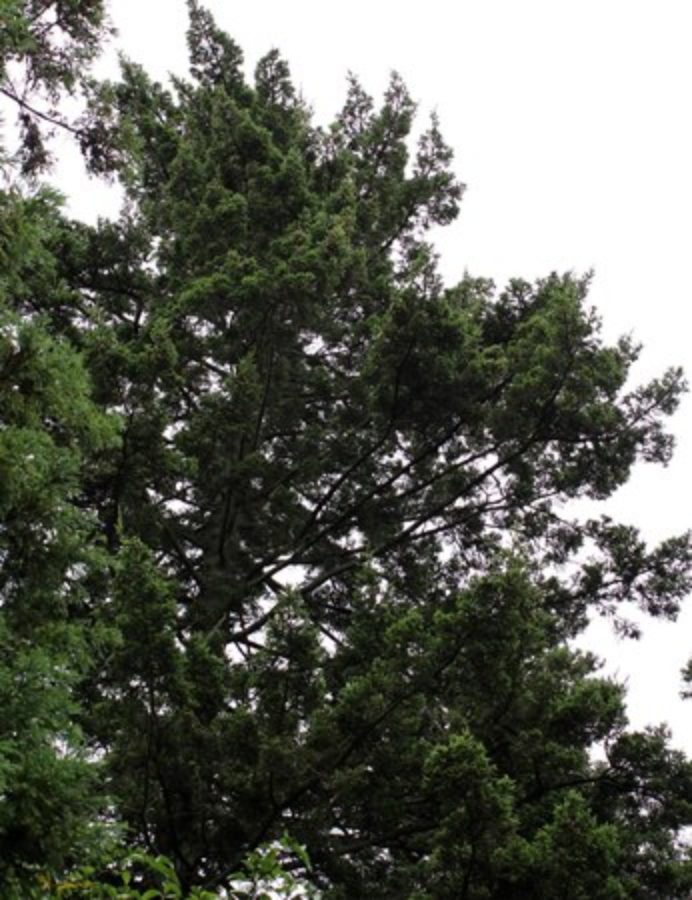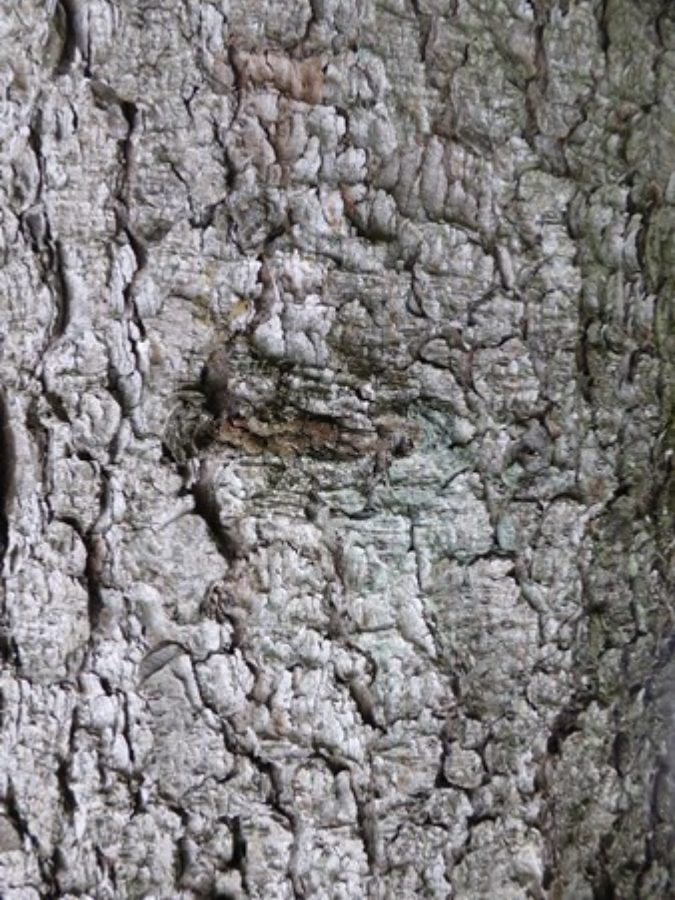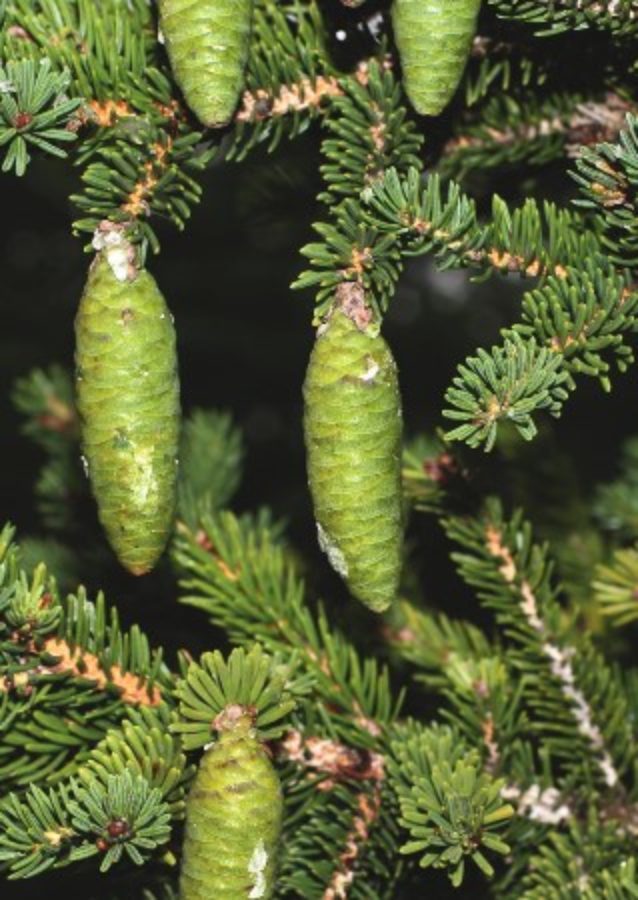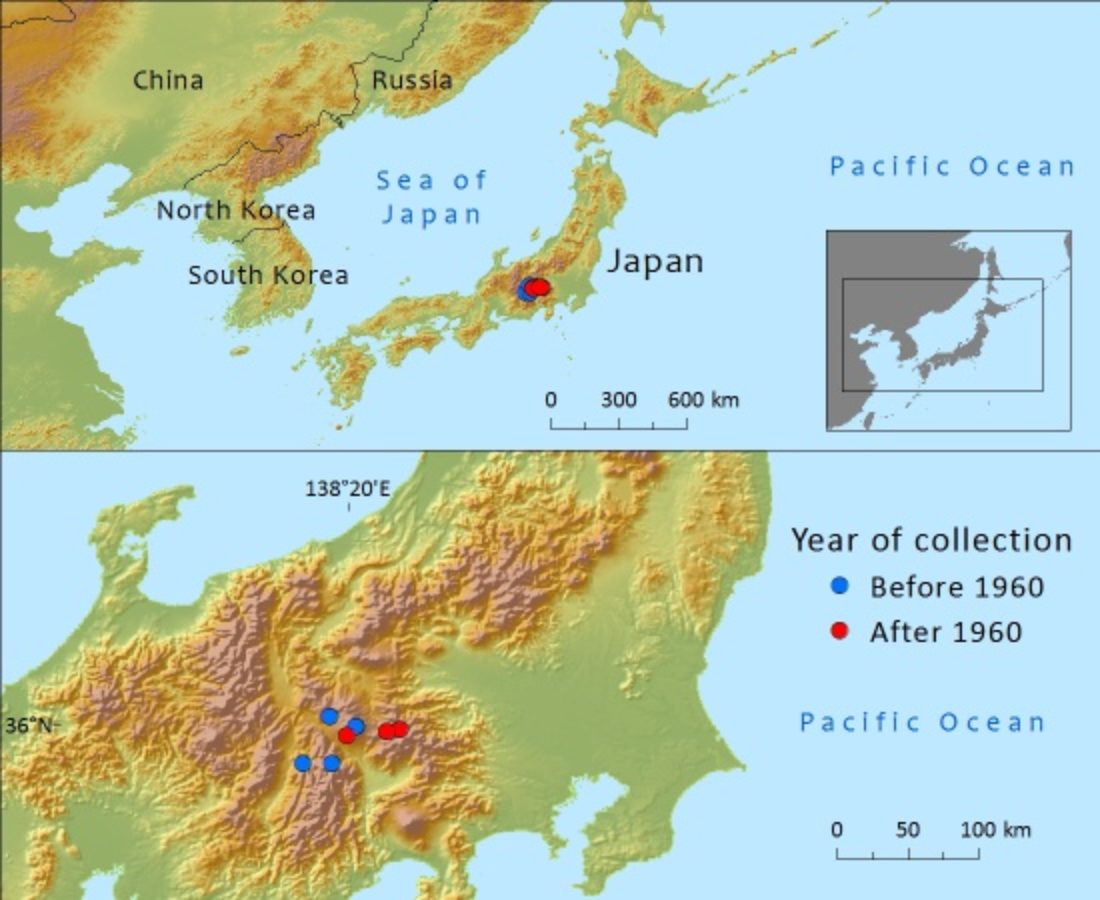Pinaceae
Picea maximowiczii
Scattered populations on the main Japanese island of Honshu where logging and the conversion of native forest to commercial plantations are the main threats
Human Uses
This small bushy tree has little value for timber and is now protected from further exploitation. In Japan it is commonly planted in gardens, especially in Buddhist temple grounds, where it is valued for its dense habit and slow growth; these traits also make it a good but uncommon species for bonsai growing. Introductions to Europe and North America have mainly been of the var. senanensis, or perhaps involved hybrids between the two varieties. In European horticulture it is not a specially valued spruce and is mainly confined to arboreta and similar collections of planted trees.
References and further reading
- Katsuki, T., Akashi, K., Tanaka, S., Iwamoto, K. & Tanaka, N. (2008). An estimation of the present distribution of Picea koyamae and P. maximowiczii using climatic and geological factors. Japanese Journal of Forest Environment 50: 25–34.
- Katsuki, K. & Seido, K. (1999). Populations of P. koyamae and P. maximowiczii in Hakushu-sho, Yamanashi Prefecture. Transaction of the Kanto Japanese Forestry Society 50: 69–70
- Katsuki, T., Aizawa, M., Akashi, K., Shimada, K. & Shimada, K. (2005). Present conditions of Picea koyamae and P. maximowiczii in Ohshika Village, Nagano Prefecture. Two threatened plant species at the southern limit of distribution (in Japanese). Natural History Report Inadani 6: 71–76
- Katsuki, T., Akashi, K., Tanaka, S., Iwamoto, K. & Tanaka, N. (2008). An estimation of the present distribution of Picea koyamae and P. maximowiczii using climatic and geological factors. Japanese Journal of Forest Environment 50: 25–34.
- Katsuki, T. & Luscombe, D (2013). Picea maximowiczii. In: IUCN 2013. IUCN Red List of Threatened Species. Version 2013.1. <www.iucnredlist.org>. Downloaded on 13 July 2013.
- Note, H., Okitsu, S. & Momahara, A. (1999). Habitat of Picea koyamai Shirasawa and P. maximowiczii Regel ex mart. in Japan. Journal of Japanese Foresty Science 81: 236–244.
- Schmidt-Vogt, H. (1977). Die Fichte: Ein Handbuch in zwei Banden. Band 1: Taxonomie, Verbreitung, Morphologie, ökologie, Waldgesellschaften. Verlag Paul Parey, Hamburg.
- Yamazaki, T. (1995). Pinaceae. In: Iwatsuki K, Yamazaki T, Boufford , Ohba H (ed.), Flora of Japan. Pteridophyta and Gymnospermae, vol 1, pp. 266–277. Kodansha, Tokyo.







